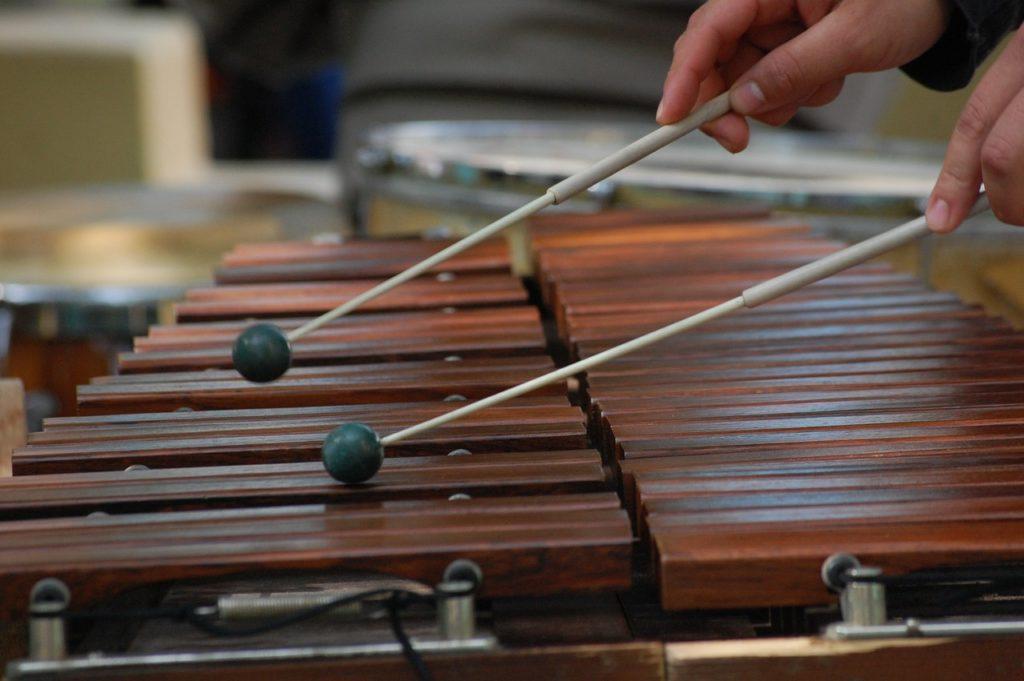Finally, we can now talk about the tips for synthesizing an African balafon style xylophone sound.
The important takeaway: you need to marry the right sound with the right tuning. Arom and Voisin state:
Our experiments in Central African Republic uncovered a scalar concept that relies on three sizes of… intervals – 200, 240, and 280 cents, of which [the] variance does not exceed plus or minus 15 cents…
Furthermore, all the… musicians accepted equally a modal series containing a single interval of 240 cents, a perfect equipentatonic tuning… (266-267)
In other words, the intervals between adjacent bars fell within these general cent ranges:
- 185 to 215 cents with 200 cents as the median pitch
- 225 to 255 cents with 240 cents as the median pitch
- 265 to 295 cents with 280 cents as the median pitch
This gives a wide range for tuning the intervals between bars, which means:
- You should tune the scale by ear using these cent ranges as a guide to the size of the intervals between your keys. (Note: You’ll need a micro-tunable synth.)
- Also, you’ll need to listen to a xylophone or metallophone sound while you adjust the pitch to get the ideal tuning.
Conversely, all the African master tuners found an interval of 240 acceptable. This means that you can just use a 5edo scale, and you’ll be in the ballpark of an authentic tuning:
0 cents, 240 cents, 480 cents, 720 cents, 960 cents
Just make sure you use a xylophone or metallophone sound when playing this scale, because the tuning and tone color go hand-in-hand.
Have fun playing!
© 2023 Geoffrey Keith
Newsletter Signup
Join me for in-person or online lessons today!
Back to Intonation category blogs page
Back to the Successful Music Student Blogs page


